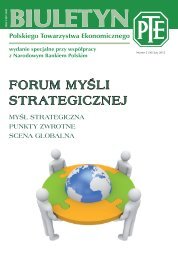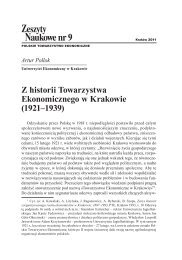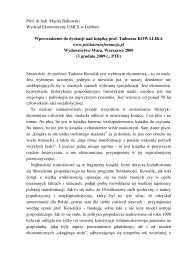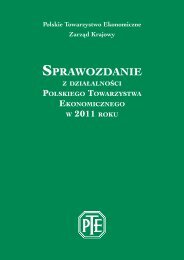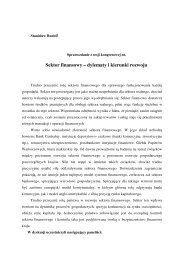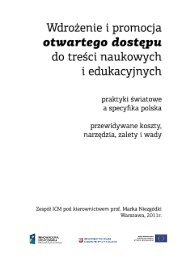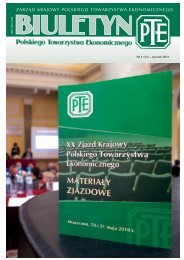NESTA PROJECT: FINE ARTSITS AND INNOVATION
NESTA PROJECT: FINE ARTSITS AND INNOVATION
NESTA PROJECT: FINE ARTSITS AND INNOVATION
You also want an ePaper? Increase the reach of your titles
YUMPU automatically turns print PDFs into web optimized ePapers that Google loves.
3. The reputation as an artist among the general public.<br />
4. The recognition among other artists.<br />
5. The quality of the artistic work produced (which<br />
means that artistic ‘quality’ must be defined<br />
somehow).<br />
6. Membership in a professional artists’ group or<br />
association.<br />
7. Professional qualifications (graduation from art<br />
school).<br />
8. The subjective self-evaluation of being an artist.<br />
Butler adds a ninth methodological criterion to this list,<br />
drawing on a number of studies published since Frey and<br />
Pommerehne: the presence in a directory of artists (2000: 4).<br />
This review focuses on studies in two main categories: artists’<br />
employment, income and careers; and studies of graduates<br />
in creative art and design.<br />
Our focus is on ‘artistic trained labour’ (as defined in Section<br />
2.3 of this review). Butler notes that some studies which<br />
define artists by professional qualifications or graduation from<br />
art schools “filter out alumni who have given up art for other<br />
fields” (2000: 4). Our study elects not to employ this filter, and<br />
specifically includes those who have ‘given up art’ in order<br />
to probe their reasons and to determine the extent to which<br />
their formal (and informal) fine art training has affected their<br />
economic, social and cultural experiences in these ‘other<br />
fields’.<br />
4.1.1 UK studies of artists’ employment and careers<br />
Recent studies of artists’ employment, income and careers in<br />
the UK include a wide variety of artists, primary focuses, data<br />
sources and quantitative and qualitative methodologies.<br />
In her review, Shaw differentiates between studies of artists<br />
based on census data, Standard Occupational Classification<br />
(SOC) categories and Labour Force Surveys, and<br />
independent studies commissioned to a brief. She argues<br />
42






